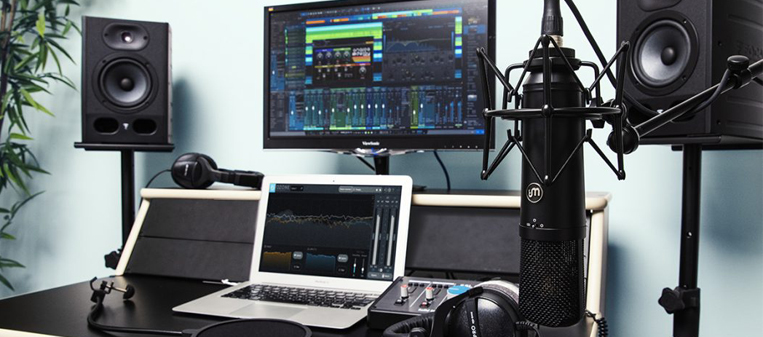Creating a Seamless Music Production Setup for Professional Results
In the world of music production, a well-optimized setup can make all the difference between mediocrity and excellence. Whether you’re a seasoned producer or an aspiring artist, having a seamless music production setup is essential for achieving professional results. This article explores the key elements and best practices to consider when designing your ideal music production environment.
1.Selecting the Right Digital Audio Workstation (DAW):
The heart of any music production setup lies in the choice of the Digital Audio Workstation (DAW). It serves as your creative hub, allowing you to record, edit, mix, and master your tracks. Research different DAW options to find the one that best aligns with your workflow and musical preferences.
2.High-Quality Audio Interface:
An audio interface serves as the link between your instruments, microphones, and computer. Invest in a high-quality audio interface that offers excellent analog-to-digital conversion, low latency, and multiple input/output options to capture pristine audio recordings.
3. Studio Monitor Speakers:
Precise monitoring is vital for making informed decisions during the mixing and mastering process. Invest in a pair of studio monitor speakers that provide a flat frequency response, allowing you to hear your music as it truly is without coloration.
4. Comfortable Studio Headphones:
While studio monitors are essential, a good pair of studio headphones is equally valuable. They enable you to focus on intricate details and mix with precision, especially during late-night sessions or in shared living spaces.
5. Condenser and Dynamic Microphones:
A diverse collection of microphones is essential for recording various instruments and vocals. Condenser microphones excel at capturing nuanced details, while dynamic microphones are excellent for handling higher sound pressure levels.
6. MIDI Controllers and Keyboards:
MIDI controllers and keyboards are versatile tools that allow you to input melodies, chords, and rhythms directly into your DAW. They provide a tactile and expressive way to interact with virtual instruments and plugins.
7. Virtual Instruments and Sample Libraries:
Expand your sonic palette with high-quality virtual instruments and sample libraries. These software-based instruments offer a wide range of sounds, from orchestral instruments to synthesizers, inspiring endless creative possibilities.
8. Acoustic Treatment and Soundproofing:
Achieving a well-balanced sound in your music production setup requires proper acoustic treatment. Consider adding bass traps, acoustic panels, and diffusers to minimize reflections and control the room’s overall sound characteristics.
9. Backup and Storage Solutions:
Protect your valuable music projects by implementing robust backup and storage solutions. Regularly back up your work to external hard drives or cloud services to avoid data loss.
10. Ergonomic Workspace Design:
Music production can involve long hours of work, so prioritize ergonomics when setting up your workspace. Invest in a comfortable chair, position your equipment at the correct height, and ensure an organized, clutter-free environment.
A well-thought-out music production setup sets the stage for creative excellence and professional-grade results. Invest in high-quality gear, optimize your room’s acoustics, and personalize your workflow to create an environment where your musical ideas can flourish. With the right tools and environment, your music production journey will be filled with inspiration and productivity.

